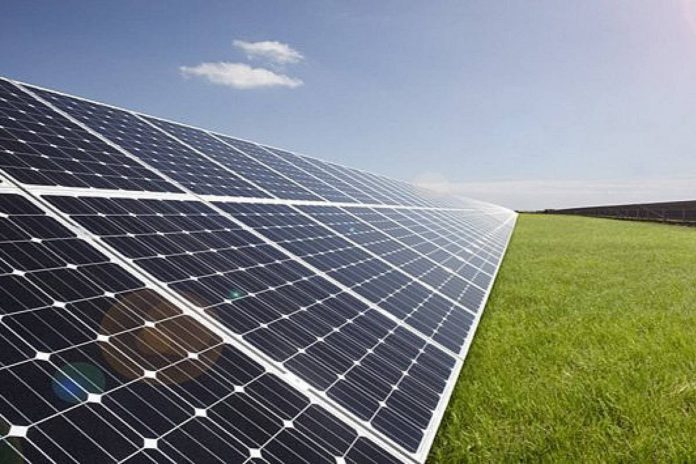Deployment of solar on dairy farms can be an “attractive” option from an emissions and energy security perspective and farm profitability.
That is what Teagasc told attendees at a recent sitting of the Joint Oireachtas Committee, which focused on solar energy and the agricultural industry.
To date, the state agency declared, the only viable option for deploying solar PV for dairy farmers has been to follow the self-consumption micro-generation route.
It explained that there has been an absence of an export tariff for electricity exported to the national grid, and additionally, planning permission has been required for PV arrays in excess of 50 m2.
They believe that these aspects have limited “the appetite” for installing larger systems among farmers to date.
Solar on dairy farms
The state agency explained:
“A typical solar PV installation on a 100-cow dairy farm comprises the installation of an 11 kWp solar PV array on the dairy shed roof (this size has not required planning), which involves an investment of approx. €15,300.”
“This size system will supply 30% of the farm’s electricity needs from renewables and will pay for itself in around seven years (at current electricity prices and without grant aid).”
According to Teagasc, this size system would offset 3 tonnes of CO2 per annum.
It believes that there “should be renewed” interest among farmers in adopting solar PV by allowing for up to 50 kWp systems on farms.
In making this statement, it points to recent announcements on the advent of a micro and mini-generation solar PV export tariff and recent easing of planning requirements.
However, some anomalies exist, such as the inability of farmers to avail of the export tariff if they use their DAFM TAMS grant to part-fund their solar PV system, the state agency said.
Opportunities
The state agency continued:
“The opportunities for solar deployment on farms are great, given that shed roofs are the ideal home for such systems. There is no shortage of space for these systems on a typical farm.”
“Similarly, dairy farms that operate spring-calving systems produce most of their milk during the summer months. Hence, they consume the most electricity, during the months of highest solar electricity generation.”
The spokesperson highlighted that the average herd has increased from 58 dairy cows in 2010 to 90 dairy cows this year.
It also highlighted that electricity prices have “continuously fluctuated” in recent years, and an “increase” in electricity prices in the coming years is very likely.
Other articles on That’s Farming:





